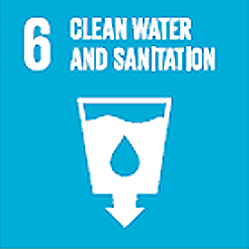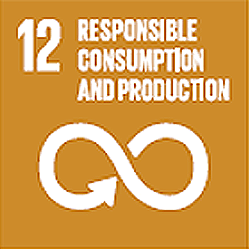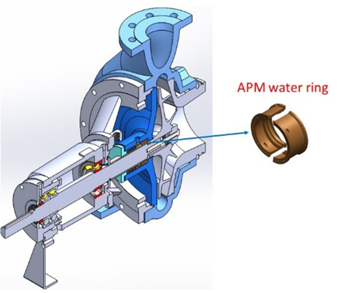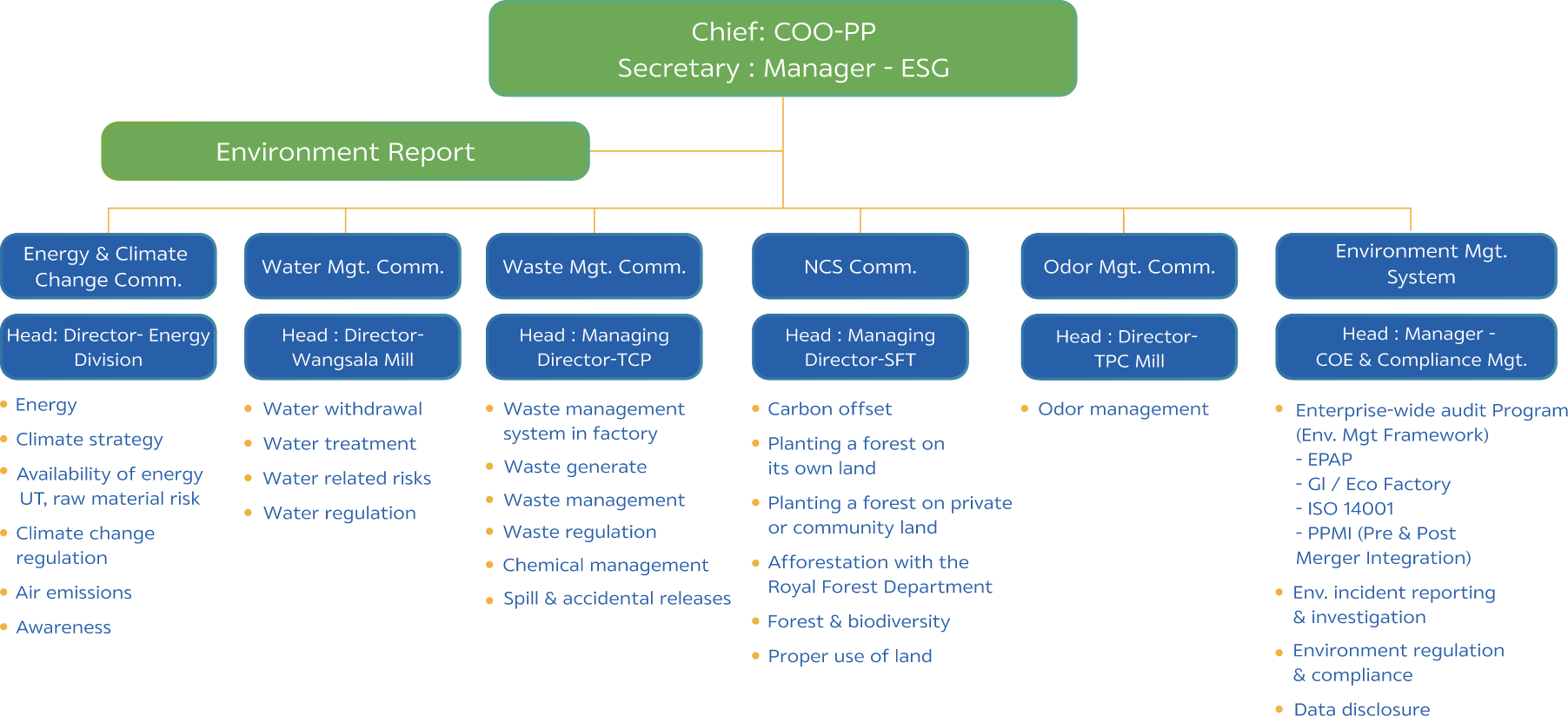Water Stewardship
Water Stewardship
Water is an essential resource for SCGP's business operations. Regarding the use of water resources with the most value and most significant benefit, SCGP has applied the 3R principle to improve the production process to reduce water withdrawal, reuse, and recycle water in the production process, including the restoration of the natural water resources. To discharge water to public sources, SCGP strictly complies with laws & regulations to prevent any impact on the environment or communities.
Moreover, with today's climate change conditions, which has a significant effect on water management, such as unseasonal and erratic rainfall patterns, no rains at the headwater area, depletion of water volume in the dams. Coupled with the increasing demand of water consumption in all geographical areas and sectors creates a risk of water shortage in the manufacturing process and nearby communities. SCGP is committed to leveraging the capability to manage the water through the Integrated Water Management Working Team comprising of representatives from every business to formulate a strategy to address water-related risks and water usage efficiency. SCGP also set up a function unit for water-related risks – monitoring, working with the government and industry sectors, with digital technology adoption, and creating innovation to increase water usage efficiency in the production process and recycle the treated water.
SCGP Executives, including CEO, have set water withdrawal intensity as one of their KPIs which is periodically monitored through regular meetings by ESG committee and Water committee.
Water Committee:
In the Water committee, a senior executive is assigned to be the head of SCGP Water committee to determine water strategies and discuss the way to improve water use efficiency for all plants both in Thailand and abroad.
Committee roles and responsibilities are to set related policies and guidelines, assess water risks with preventive measures, establish targets, benchmark for external and internal standards and study new technologies to improve water performance




Strategy
meet quality standards, monitor, measure the effluent and its quality, report on the effluent issues, incident investigation, corrective action, and reduce effluent.
Target
with business as usual (BAU)
at the base year of 2014
2023 Performance
Net Fresh Water Consumption
Target: 15 million cubic metre
Net Fresh Water Consumption
2023: 11.2 million cubic metre
Water Withdrawal per Ton of Production
m3 / Ton
Water Withdrawal per Sale Revenue
m3 / Sale Revenue (Billion Baht)
Water Withdrawal Reduction Compared with Business as Usual at Base Year of 2014
% Reduction
Water Withdrawal per Ton of Production by Business
m3 / Ton
Water Withdrawal by Business
Note :
- Include abroad in 2022
- Abroad include Vietnam, Philippines, Indonesia and Malaysia
- SCGP Business: PP = Paper packaging, FB = Fiber-based packaging, CIP = Consumable Industrial Packaging, CPP = Consumer and Performance Packaging Business
In addition, SCGP has developed and disclosed the management of water issues e.g. Dependency-related and impact-related water risks considered in physical risk assessment throughout our supply chain in accordance with the guidelines of the Task Force on Climate-related Financial Disclosures (TCFD) (TCFD 2023, TCFD 2024) and SCGP water management through managerial committee as explained on Water Management Strategy.
SCGP continues the assessment process of water related risks in account with both country and local water stress since 2019 covering the scope of assessment for regional operations in ASEAN including Indonesia, Philippines and Vietnam. Currently, the AQUEDUCT country ranking result shows that SCGP has no operation in water stress area.
Furthermore, water quality in future is assessed but it is not significant on production because water sanitation and resource in ASEAN is still sufficient in long term.
In product use phase, downstream water risks are also considered but they are insignificant because our products use water efficiently as driven by water committee with management strategy to reduce water withdrawal and consumption as target.
Furthermore, SCGP assesses water-related risks and future changes on regulations, quantity to prepare for water situation on all factory sites. For our assessment, our sites has no water stress areas with enough operation water supply. For changed regulation, water will be priced as used quantity. Water charges are incurred for the purpose of accomplishing the objectives of the law concerning water resources, not for the purpose of earning money. According to the type of water use, different rates will be collected to cover the fees. The use of free water resources is authorized by the Water Resources Act, B.E. 2561, Chapter 4, Water Allocation and Use, Section 41. Before bringing it for further discourse by the Sub-Committee on Considering the Law on Water Resources Management and Utilization, it needs to be considered via the Watershed Committee and the Provincial Water Sources Sub-Committee. As the result, the risk on this regulatory change is low.
SCGP managed the agricultural project’s water circulation by supplying treated water with the quality as specified standards from the mill to the farming areas (such as rice, sugar cane, lotus) of communities nearby that can reduce the water shortage in cultivation.
SCGP continuously implements water for agricultural projects by delivering treated water in reference with relevant standards and laws to rice, sugar cane and lotus fields at least 45,000 cubic metre per month. Besides, Farmers in nearby areas agree to accept SCGP treated water for use.
SCGP treats wastewater from the factory’s production process before releasing it into the environment.
SCGP measures the quality of water discharged in many parameters such as pH, temperature, BOD, COD and TSS tested with standardized measurement methods and certified laboratories. SCGP sets internal standard: SS (mg/l) < 30, BOD (mg/l) < 16, COD (mg/l) < 110.
SCGP monitors water-related incidents at all time. If improvement gap is found, related department will be informed to solve the problem to improve wastewater quality such as reducing chemicals which increase suspended solid in water.
(Compared with Thai Law on treated wastewater quality standard B.E.2560: SS (mg/l) < 50, BOD (mg/l) < 20, COD (mg/l) < 120)
SCGP also tracks water quality in natural water sources before and after the factory by measuring various parameters such as the total dissolved solids (TDS) according to the standard method. It is to classify the water intake quality to ensure that the treated effluent does not affect nature and continually enhances the company’s efforts to improve wastewater quality.
Additionally, SCGP has actions to improve wastewater quality. For example, effluent water treatment improve concentration of sludge by developing screw press to squeeze drier sludge and finding the optimal condition to run the system efficiently as well as chemicals that can help overall system performance. Meanwhile, SCGP has efforts to find new technologies to develop step-by-step. SCGP emphasizes the importance of effluent treatment as one of production processes.

SCGP has invested in technology to reduce water used in the production process and circulate water used in the production process to be reused and recycled. There are such technologies as installing and improving water filtration systems (SAVEALL/PETEX), installing high-efficiency machine cleaning equipment ,to reduce the use of cleaning water. Including the selection of machinery that uses the minimum water technology.
SCGP has continuously reduced water usage in its production processes by reducing the amount of water used and recycling water through the use of technology and innovation.
- Expanding the use of treated water in production processes has increased the reuse of water as recycling water in various systems such as machine sealing system, floor cleaning and chemical dilution, resulting in a reduction of 4 million cubic meters of water usage per year.
- Improving the high-pressure water cleaning system has also reduced water usage by approximately 0.7 million cubic meters per year.
- Installing high-technology water screening system has also decreased water usage by approximately 0.8 million cubic meters per year.
- The Reuse RO Reject Project has further reduced water usage by 0.4 million cubic meters per year.

